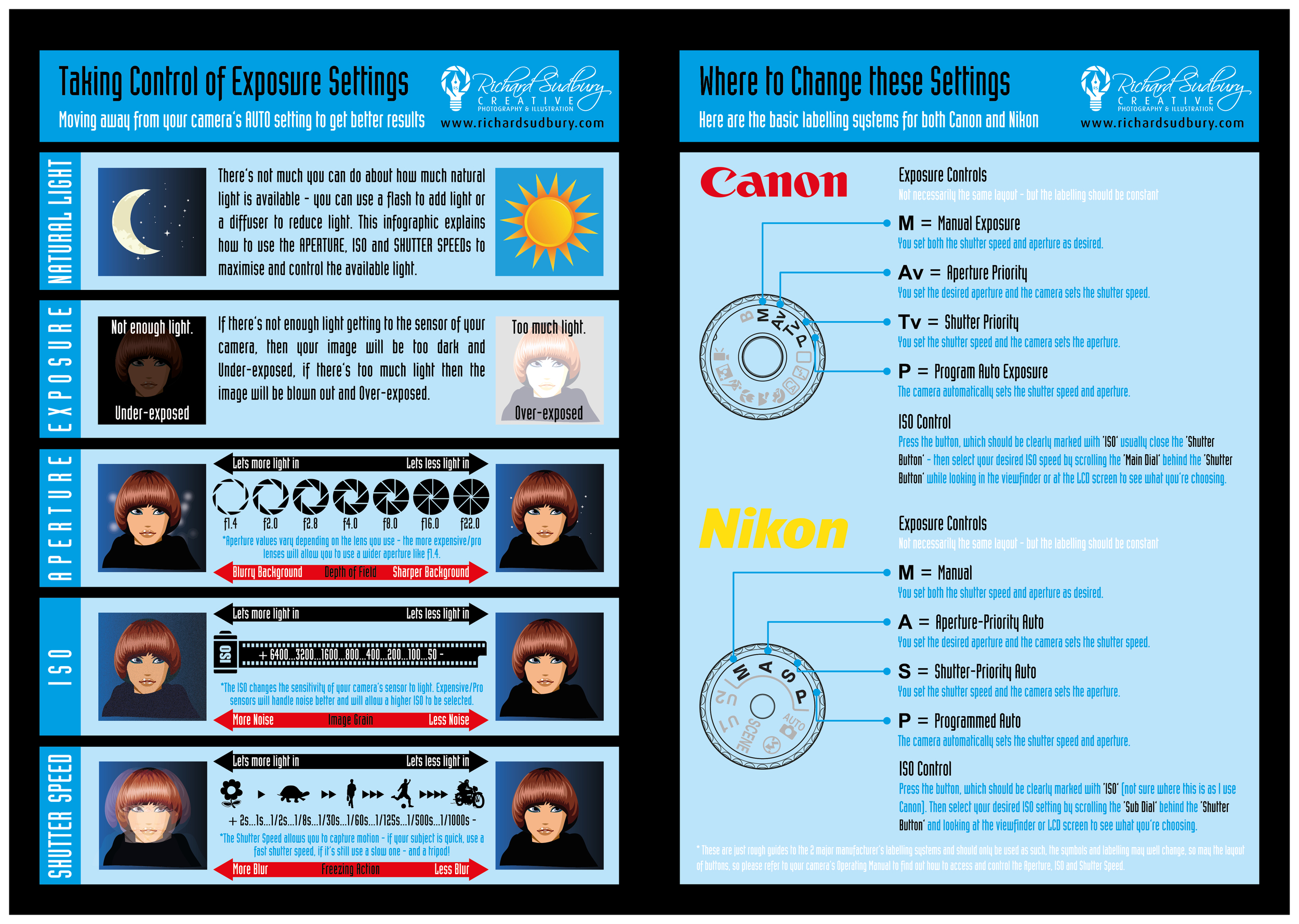What Every Digital Photographer Ought To Find Out About Lighting
What Every Digital Photographer Ought To Find Out About Lighting
Blog Article
Published By-Futtrup Ibrahim
As a photographer, you know that lights can make or break your images. Recognizing the subtleties of both all-natural and synthetic light is vital for catching the state of mind and quality you aim for in your work. Whether you're chasing the ideal golden hour radiance or adjust your man-made configurations, grasping these aspects can elevate your photography significantly. Yet there are common pitfalls that numerous ignore, and acknowledging them can transform your strategy to every shoot. Allow's explore what you may be missing out on and how it can impact your results.
Understanding All-natural Light
Recognizing all-natural light is vital for any type of professional photographer aiming to enhance their job. It's the foundation of wonderful photography, affecting mood, tone, and quality. When you fire outdoors, take note of the time of day. The golden hour-- soon after sunrise and prior to sunset-- offers soft, cozy light that can transform common scenes right into spectacular images.
Do not undervalue the power of cloudy days. please click the up coming article diffuses sunshine, producing a soft, also light that's best for portraits and macro photography. You'll discover shades appear this kind of illumination without extreme darkness.
Positioning issues, as well. Always consider your topic's alignment to the source of light. If the sun's behind your subject, you might end up with a shape, which can be dramatic yet mightn't be what you desire. Alternatively, direct sunshine can create uncomplimentary shadows.
https://www.cnn.com/2020/06/11/media/refinery29-workplace-culture/index.html , transforming your viewpoint can produce remarkable outcomes. Use all-natural reflectors, like water or sand, to jump light onto your subject, adding dimension.
Mastering Artificial Light
Understanding man-made light is crucial for professional photographers that intend to take their skills to the next level. Whether you're utilizing speedlights, workshop strobes, or constant lights, recognizing exactly how to adjust these resources can substantially enhance your images.
Start by acquainting yourself with the essentials of light high quality, direction, and shade temperature. Trying out different modifiers like softboxes, umbrellas, or grids to manage the softness or harshness of the light.
You'll locate that soft light often produces lovely outcomes, while harsher light can include dramatization and deepness. Do not shy away from darkness; they can improve the three-dimensionality of your topics.
Pay very close attention to the positioning of your lights. A light positioned too near your topic can create uncomplimentary outcomes, while also far can bring about a lack of detail. Make use of a light meter or your video camera's histogram to ensure you're exposing correctly.
Last but not least, bear in mind that artificial light can be mixed with ambient light for imaginative results. Balancing these sources could take technique, once you grasp it, your photography will really radiate.
Methods for Various Situations
When you step into various shooting circumstances, adapting your lights methods is essential for catching the best images. For outdoor portraits, utilize the gold hour-- early morning or late afternoon light-- to soften shadows and boost skin tones.
If it's a rough lunchtime sunlight, consider making use of a reflector to bounce light back onto your subject or seek shaded locations for an extra even exposure.
In low-light circumstances, like indoor occasions, increase your ISO and make use of a wide aperture to let in more light. A tripod can aid get rid of video camera shake, allowing for longer exposures without obscuring.
If you're shooting at night, try out off-camera flash to produce vibrant illumination and deepness in your images.
For item photography, make use of diffused lighting to prevent severe reflections. Softboxes or light tents can assist achieve this effect.
When photographing landscapes, take into consideration the direction of light and time of day, as it can substantially alter the state of mind of your shot.
Constantly prepare to adjust your settings and placing based upon the scenario, as versatility is key to understanding illumination in photography.
Verdict
To conclude, mastering lights is essential to raising your digital photography skills. Welcome all-natural light's charm throughout gold hour, and don't avoid experimenting with man-made light techniques. By adjusting your approach to different situations, you'll capture stunning pictures that reverberate with emotion and quality. Remember, the ideal illumination can change an ordinary shot into something phenomenal, so keep practicing and refining your understanding of both natural and artificial light. Satisfied capturing!
